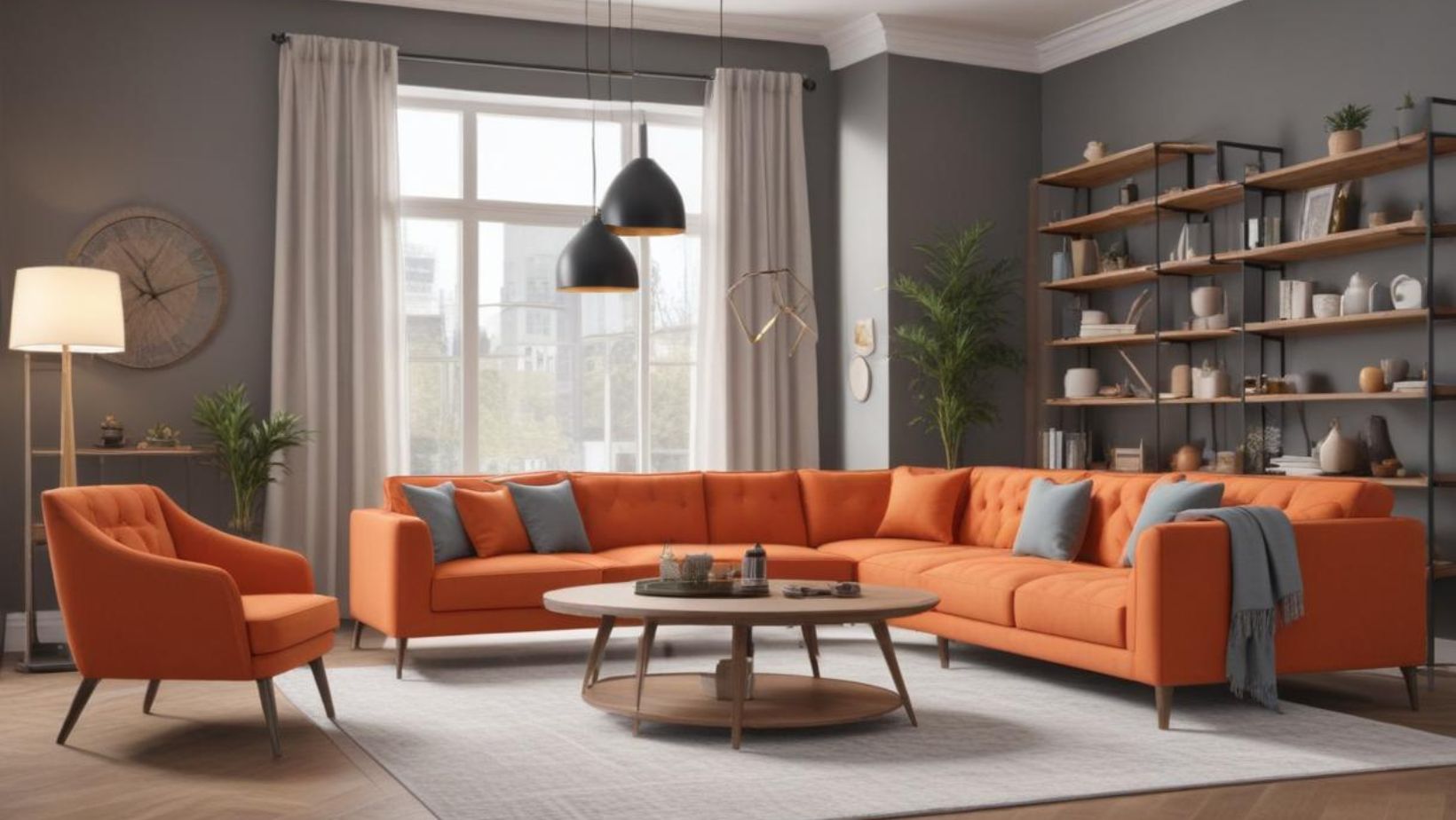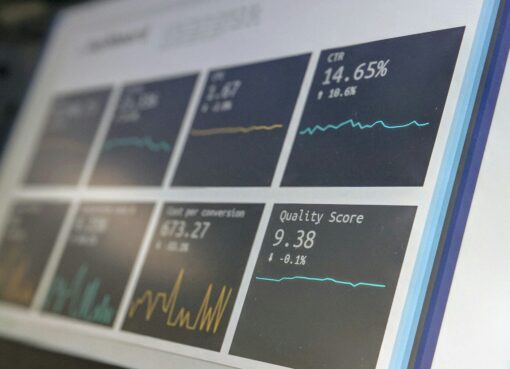How Can E-commerce Businesses Use 3D Furniture Configurators?

Selling furniture online offers a smooth sales process and cuts out the costs associated with running a physical store. Product configurator tools can present furniture and home décor in a user-friendly way, making the online shopping experience more engaging.
Adopting a furniture configurator not only saves you money and time but also enhances your sustainability efforts. Your customers will value your commitment to the environment, adding another layer of appeal to your online furniture store.
What Is a 3D Furniture Configurator?
If you’re running an online furniture store, you’re likely always on the lookout for ways to enhance your customer experience and provide more detailed product information. A 3D furniture configurator is a powerful eCommerce tool designed to do just that.
So, what exactly is it? Imagine a tool that offers 360-degree visuals and customization options for every item in your catalog. Your customers can zoom in, rotate, and examine every detail of a piece of furniture. They can even make real-time adjustments to colors, materials, and configurations, creating a virtual preview of their customized product.
But it doesn’t stop there. By integrating interactive 3D models with augmented reality (AR), a configurator lets customers take their experience a step further. They can virtually place furniture in their own space, giving them a realistic sense of how a piece will look in their home—something that’s usually only possible in a physical store.
For you, as a retailer, a 3D furniture configurator streamlines the shopping process. It provides a dynamic, engaging way to guide customers through their purchase journey without extending the sales cycle. This tool integrates smoothly with major eCommerce platforms like Magento, Shopify, BigCommerce, and WooCommerce. Once set up, it launches automatically from your product pages, making it a seamless part of your online store.
6 Eco-Friendly Benefits of Using a 3D Furniture Configurator
You’ve probably noticed that a 3D furniture configurator can greatly enhance your website’s user experience.

But you might be curious about how it contributes to environmental sustainability.
Here’s how a 3D furniture configurator can help make your company greener:
Reduced Material Waste
Anticipating demand for products is a challenge every retailer faces. Traditional methods, like demand forecasting, aim to estimate how much of a product will be needed. However, these forecasts often miss the mark, leading to overproduction and excess inventory. In the furniture industry, this can result in significant waste.
A 3D configurator changes the game. It allows customers to see and customize a virtual representation of the furniture in real-time. As they make choices, the configurator records all the manufacturing specifications, including exact material quantities. This means you only produce what’s needed based on actual customer orders, reducing the need for large warehouses full of unsold stock. By aligning production with actual demand, you cut down on excess materials and waste.
On-Demand Production
With a 3D configurator, products are made on demand rather than being produced in bulk. This means you only manufacture items after they’ve been customized and ordered by customers. This approach minimizes the risk of overproduction and waste, as products are only created when there’s a confirmed need.
Digital Photo Production
A photoshoot for a new furniture line is no small task. It often involves packaging, shipping, and setting up a showroom to capture high-quality images that truly represent your products. This process can be both time-consuming and environmentally taxing.
Enter digital photography. With modern software, retailers can generate thousands of images from a single design file, cutting down on the need for extensive physical photoshoots. When combined with 3D configurators, this technology offers even more infinite configurations and 360-degree views of your products.
The benefits are twofold. First, digital photography delivers the same high-quality visuals as traditional studio photography but without the added costs and environmental impact. It reduces carbon emissions by eliminating the need to ship products to a studio, avoids the industrial lighting typically used in photoshoots, and minimizes waste from packaging.
In short, digital photo production streamlines your process and supports a more sustainable approach to showcasing your furniture.
Efficient Resource Use
When customers use a configurator to design their furniture, you can tailor the production process to their specifications. This precision ensures that resources are used more efficiently. Instead of producing generic pieces that may end up being discarded or returned, you create exactly what the customer wants, optimizing material use and reducing waste.
Fewer Returns
When it comes to reducing returns, a 3D product configurator truly excels. It not only streamlines the sales cycle but also enhances the customer experience. Here’s how a 3D configurator helps minimize furniture returns:
- High-Quality Visuals: 3D models provide clear, detailed visuals, so your customers can rely on accurate representations of the product rather than just written descriptions and specs.
- Real-Time Customization: Customers can add features and make adjustments in real-time, with immediate updates on pricing. This transparency helps prevent any surprises at checkout.
- Augmented Reality (AR): Using their Android or iOS devices, customers can place furniture in their own space virtually. This ensures that the item fits perfectly before they commit to buying it.

- Interactive Experience: The process of configuring products interactively makes shopping more engaging and enjoyable, leading to higher customer satisfaction.
- Photorealistic 3D Models: Providing 360-degree views of your furniture helps customers see exactly what they’re getting, reducing the chances of misunderstandings and mismatched expectations.
- Personal Investment: Customization helps customers feel more invested in their purchase, making them less likely to return the product.
- Reducing returns is not just about saving money; it also has positive environmental impacts:
- Less Landfill Waste: Fewer returns mean less discarded furniture and packaging materials.
- Lower Fuel Emissions: With fewer items being shipped back and forth, fuel consumption and emissions from transportation are reduced.
- Reduced Production Waste: By only producing what’s ordered, you cut down on wasteful production processes, which lowers your overall carbon footprint.
In essence, a 3D product configurator not only enhances your business’s efficiency and customer satisfaction but also supports a greener approach to eCommerce.
Reduced Warehouse Space
Traditionally, retailers need to forecast demand and allocate large amounts of warehouse space for finished products, just in case sales meet or exceed expectations. This approach often leads to excess inventory and unused materials.
A 3D furniture configurator changes this by allowing you to gauge customer orders more accurately based on real-time data from product configurations. Instead of storing a vast array of pre-made items, you can focus on producing exactly what’s been ordered.
Here’s how it helps:
- Efficient Space Use: With precise order data, you can reduce the amount of warehouse space needed, freeing up valuable storage and reducing overhead costs.
- Less Unused Inventory: By producing on demand, you avoid the waste associated with unsold stock and excess materials.
- Environmental Benefits: Reducing warehouse space and minimizing unused materials contribute to a more sustainable operation. It helps cut down on the environmental impact associated with storing and managing excess inventory.
Implementing a 3D configurator not only saves your company time and money but also supports eco-friendly practices. Providing a top-notch customer experience while being mindful of environmental impacts is a win-win for both your business and your customers.



